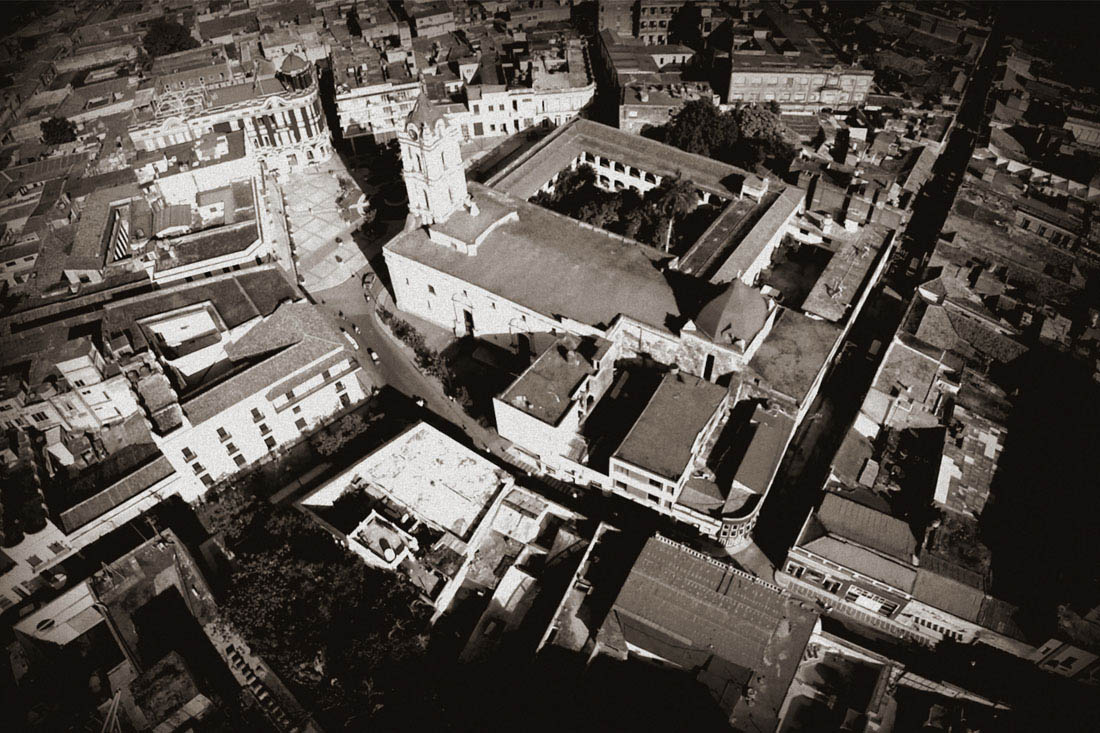Certainly Camagüey could be the place name heard for the first time by the Spaniards when they entered our region in pursuit of “Indians” from Bayamo, in the year 1512, while towards the first half of December Captain Pánfilo de Narváez, who had as ” advisor” Father Bartolomé de Las Casas, arrived at the north coast to establish the military enclave or town. It is probable that the place name Camagüey was assumed at that moment according to the lexical and grammatical morphemes that were part of it.
Shortly after, it would be Diego Velázquez, on April 1st, 1514, who would transmit said voice to King Fernando, of course, after Las Casas had told him, who gave him a detailed report of what happened on the journey through the “savanna”. Thus, if we accept that the pre-Columbians spoke the Araucanian language, it will be agreed that the lexical loan that intervened in the Camagüey voice must have come from communities of the Araucanian ethnolinguistic branch.
The original aboriginal toponym
Since Velázquez’s scribe alluded in said somewhat disorderly letter sent to the king that in the ambush on the Caonao river the aborigines had surprised the Spanish advance party and they had retaliated by killing the cacique “Caguax”, Yahatuey’s companion, later historians who versioned that letter drew conclusions that the original toponym where the incident would have taken place came from the cacique they named “Camagüebax”, which is the same one mentioned by the historian Jorge Juárez Cano in his text Notes from Camagüey, 1929.
However, it is noteworthy that no post-conquest chronicler alluded to that alleged cacique. For more, Cano added that he had been kind and cooperative with the Hispanics after they left the Caonao village, welcoming them “friendly with open arms.” And he concludes that Camagüey derived from «camagua», when in fact it comes from magüey or mauei (yamaguey?). By the way, the wise Esteban Pichardo would specify only to be “the old Indian province of Camagüey”, discarding Camagüebax.
So that Indoamericanism seems incorporated or mixed between the insular aruaco and the Hispanic lexicon. Furthermore, the writing by Las Casas is suggestive, referring to the “province called Camagüey, the penultimate [syllable] long”. As happened with some Castilianized words, among others, yauruma for “yagruma”, “xaraguá” for “jaraguá” or “baraguá”, “haniguanica” for “Guaniguanico” and “majimo” for ” máximo “.
Velázquez also retained Araucanian Indo-Americanisms after concluding his journey through the eastern north, an area named Yamanigüey or Iamanigüey (current Baracoa mountains, Nipe-Sagua-Baracoa mountains), ― with a lexical resemblance to Camagüey, not only because of the ei or ey, frequent in Taino in common nouns―. Equally interesting is the relative aruaco suffix with totemic meaning ca or from the lexeme or attributive prefix ka = “with” or “present in”, as well as the privative or negative prefix ma. And it is known that Las Casas, familiar with Indo-Americanisms, had the words of the Araucan modified, such as Caouabo-Caonabó, Hutia-Jutía, Cazabi-Casabe, Cahubaba-Cajobabo…
Tour of Camagüey
On April 22nd, 1903, the provincial council of the then city of Puerto Príncipe would adopt one of its most important patriotic and historical agreements, substantive of regional identity and regional being. In the same way, other decisions had already been agreed upon by the consistory or town hall, such as those for the suppression of the religious urban toponymy -although this had been the manager of the original neighborhood unity and identity around churches-, by those of local personalities, among others, Salvador Cisneros and Gertrudis Gómez de Avellaneda.
No Spanish monarch would have noticed it before and decided nothing in favor of the people of Camagüey. It was the replacement of the Hispanic place name Santa María del Puerto del Príncipe by which it was inextricably linked to the aboriginal communities that would have first populated our ancestral savannah. It was an act of justice and substantive identity. And even the current generations feel worthy of calling themselves “Camagüeyanos”. To which they add a second alternate demonym that is a coat of arms of love, patriotism and permanent combat: Agramontinos (as).
Translated by: Aileen Álvarez García






